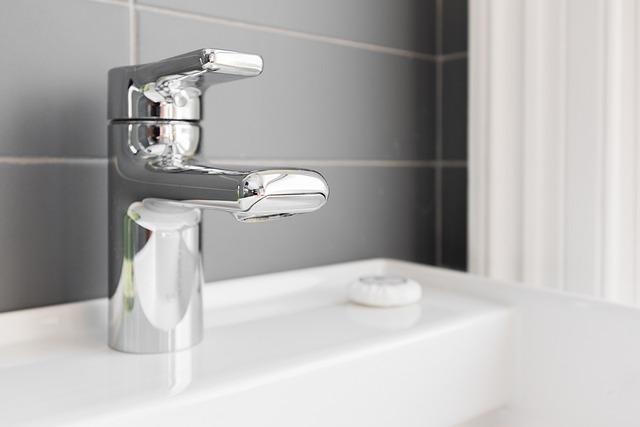
Mindfulness Meditation
Understanding Mindfulness Meditation
In a world where stress has become a common companion, mindfulness meditation emerges as a beacon of hope for many seeking tranquility. Studies indicate that a significant portion of the American population—approximately eight in ten—struggles with daily stress, which can lead to serious health issues such as heart disease and stroke. Amidst this backdrop, mindfulness meditation has gained traction as a powerful tool for enhancing mental well-being.
The Essence of Mindfulness
Mindfulness is the practice of being present in the moment, fully engaging with one’s thoughts, feelings, and surroundings without judgment. This approach encourages individuals to observe their experiences rather than react impulsively, fostering a sense of calm and clarity. The roots of mindfulness can be traced back over 2,600 years to Buddhist traditions, where it was utilized as a form of meditation. However, its appeal today lies in its secular nature, making it accessible to a diverse audience.
Benefits of Mindfulness Meditation
Engaging in mindfulness meditation offers numerous benefits, particularly in managing stress. Research has shown that regular practice can lead to:
- Reduced Stress: Mindfulness meditation helps lower cortisol levels, the hormone associated with stress, leading to a more relaxed state of being.
- Improved Focus: Practicing mindfulness enhances concentration and attention, allowing individuals to be more productive in their daily tasks.
- Emotional Regulation: Mindfulness fosters a greater awareness of emotions, enabling individuals to respond to challenges with greater composure.
- Enhanced Well-Being: Regular practitioners often report higher levels of happiness and life satisfaction, contributing to overall mental health.
How to Practice Mindfulness Meditation
Starting a mindfulness meditation practice can be simple and does not require extensive training. Here are some steps to guide beginners:
- Find a Quiet Space: Choose a comfortable and quiet location where you can sit or lie down without distractions.
- Set a Timer: Decide on a duration for your meditation. Beginners might start with just five to ten minutes.
- Focus on Your Breath: Close your eyes and take deep, slow breaths. Pay attention to the sensation of the air entering and leaving your body.
- Observe Your Thoughts: As thoughts arise, acknowledge them without judgment and gently return your focus to your breath.
Integrating Mindfulness into Daily Life
Mindfulness meditation can be seamlessly integrated into daily routines. Simple practices, such as mindful eating or walking, can enhance awareness and presence throughout the day. The Office of Work/Life at various institutions offers resources like guided meditation sessions and phone lines dedicated to mindfulness, making it easier for individuals to access support.
Conclusion
Mindfulness meditation stands as a valuable practice for those navigating the stresses of modern life. By cultivating awareness and presence, individuals can foster a deeper connection with themselves and their surroundings. As more people turn to mindfulness as a means of coping with stress, its benefits continue to resonate, offering a pathway to improved mental health and well-being.

















 Swollen Ankles: A Gentle Guide
Swollen Ankles: A Gentle Guide 
 Health
Health  Fitness
Fitness  Lifestyle
Lifestyle  Tech
Tech  Travel
Travel  Food
Food  Education
Education  Parenting
Parenting  Career & Work
Career & Work  Hobbies
Hobbies  Wellness
Wellness  Beauty
Beauty  Cars
Cars  Art
Art  Science
Science  Culture
Culture  Books
Books  Music
Music  Movies
Movies  Gaming
Gaming  Sports
Sports  Nature
Nature  Home & Garden
Home & Garden  Business & Finance
Business & Finance  Relationships
Relationships  Pets
Pets  Shopping
Shopping  Mindset & Inspiration
Mindset & Inspiration  Environment
Environment  Gadgets
Gadgets  Politics
Politics 